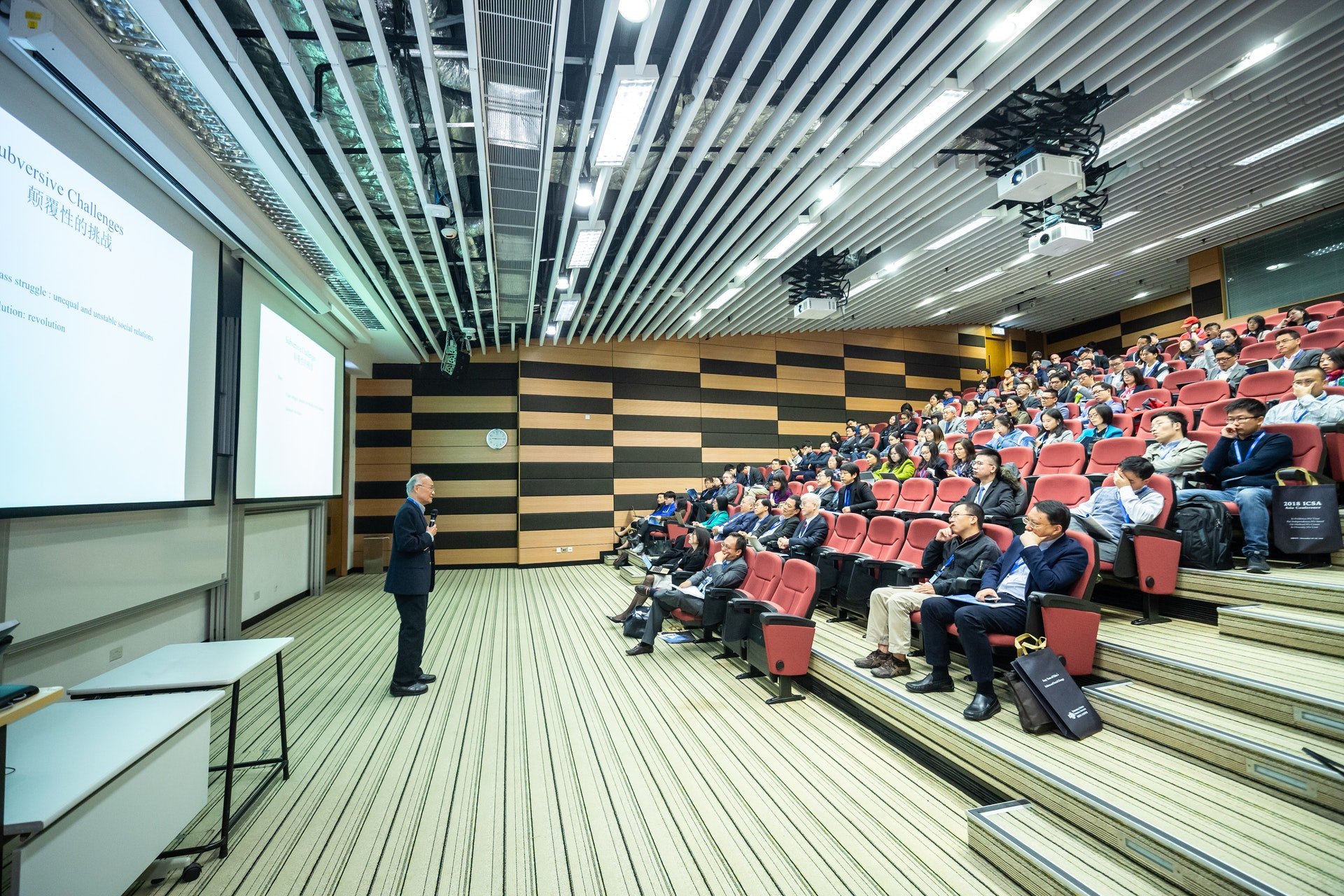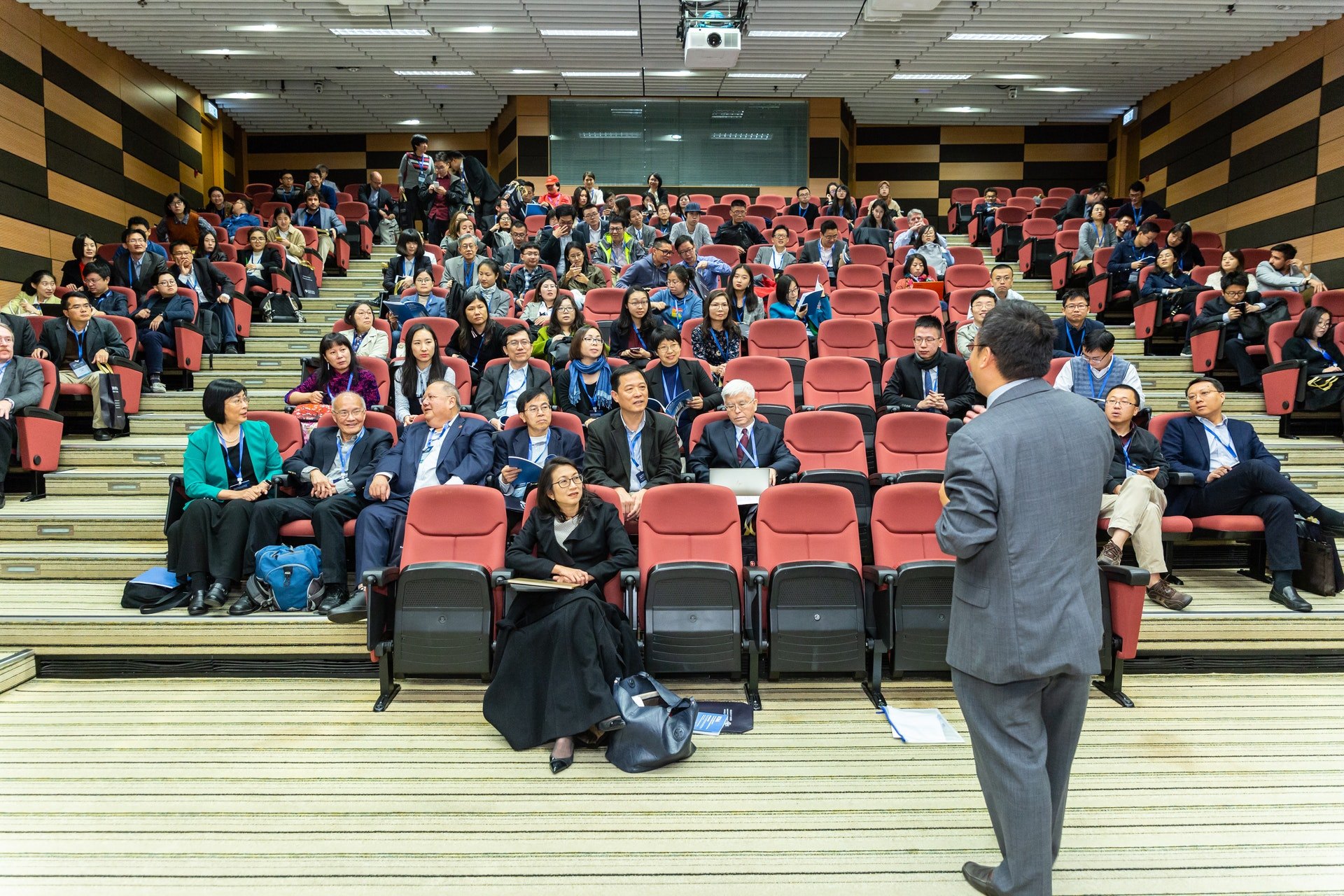Don’t be tied to a narrow specialization
To make a useful conference, many organizers narrow down the specialization as much as possible: an event for developers in the banking industry, for Java programmers, or dedicated to a single technology. It seems that if you narrow down the topic, it’s easier to talk the point.
The problem is that the narrower the specialization, the harder it is to find speakers and gather an audience. So if you only think about carrying out your own IT-event and you don’t have a pool of experts and a reputation, it’s better to refuse a “narrowly-specialized concept”. Visit other conferences, establish connections and acquaintances and once again think over the concept. In general, it is better to make event in the area in which you are an expert. Or at least very much interested in it and about to become an expert.
Specialization – is not the only way to make the event interesting for the IT-community. Technology is now penetrating into various spheres of life, so current topics related to IT, told from the right angle, are of great interest.
IT professionals are not only interested in the technologies they work with: conduct a survey among your target audience and you’ll be surprised at how wide a range of interests developers have.







